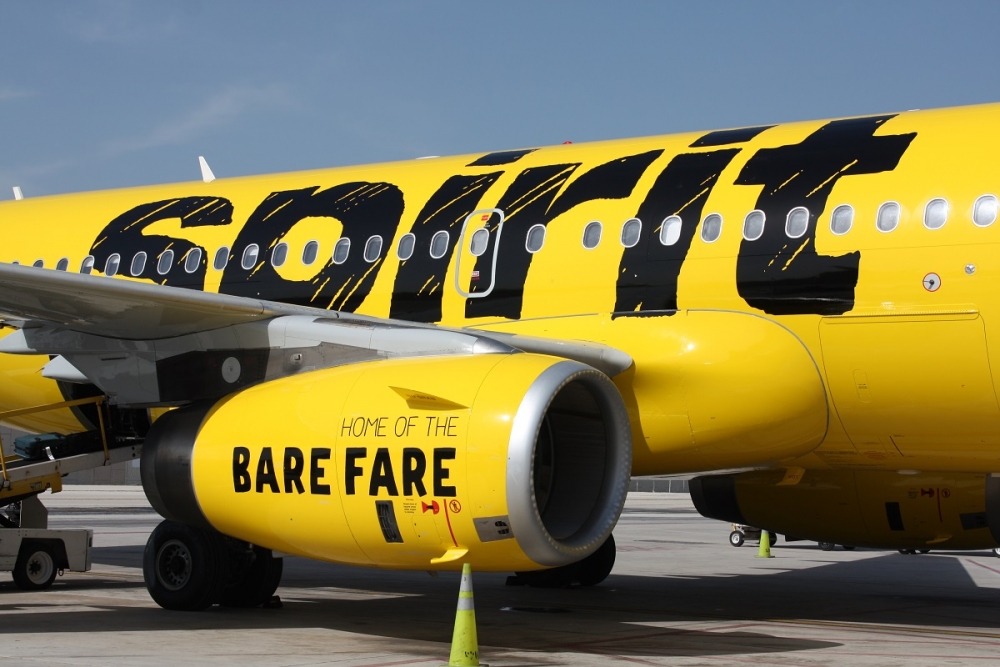Low-cost airlines Spirit, Allegiant and Frontier have again emerged as masters of ancillary revenue but full-service airlines are increasingly making their presence felt.
Ancillary revenues include charges for thing such as baggage, seat assignment, extra legroom payments as well as revenue from frequent flyer programs and an annual analysis shows the top two airlines are now raking in more than $US50 per passenger.
Watch: Giant Antonov in spectacular crosswind take-off
The analysis by IdeaWorksCompany and CarTrawler of more than 70 airlines who revealed ancillary revenue in 2018 noted that the list of top-performing airlines was once dominated by low-cost carriers but now contains a number of full-service airlines.
Spririt topped the per passenger list with ancillary revenue of $US50.94 followed by Allegiant at $50.01, Frontier at $47.62 and Jet2.com at $US43.91.
Qantas’ massive frequent flyer program saw it take the fifth spot followed by United Airlines, American and Virgin Australia.
Also in the top 10: AirtAsia X and Hawaiian Airlines, which entered for the first time on the back of sales of frequent flyer points, baggage fees and extra legroom seating.
Qantas proved the champion of frequent flyer revenue at $US37.51 per passenger while size mattered when it came to total ancillary revenues and American Airlines topped the list.
American recorded total ancillary revenue of $7.24 billion with more than three-quarters of that coming from its frequent flyer program and the rest derived from a la carte fees and commissions.
Spirit, on the other hand, came in ninth in this category and received 97 percent of its revenue from a la carte items.
Low-cost carriers still managed to derive a bigger proportion of their revenue from ancillary sources with Mexican LCC Viva Aerobus topping the list at 47.6 percent.
The study found the top 10 airlines generated $US35.2 billion from ancillary revenue compared to $US2.1 billion in 2007.
A big growth area is seats with many airlines now charging for seat assignment as well as for extra legroom seats.
An “unscientific” analysis in the report of the North Atlantic found the fees varied even between joint venture partners American’s fees ranging from $US11 to $US103 and British Airways from $US32 to $US91.
It said this complexity provided challenges for distribution intermediaries such as Expedia and Google Flights and was “truly baffling for consumers”.
Report author Jay Sorensen also questioned whether the plethora of fees charged by airlines was getting too complicated and if the carriers could end up being victims of their own success.
He pointed to a pop-up box displayed by American Airlines and asking people if they really wanted to buy a basic economy fare.
“Too much eagerness to build ancillary revenue can be a bad thing. If an airline feels compelled to make this effort to warn a customer against buying a product . . . then they should really re-examine what their brand means to the customer.
“American Airlines is merely an example among many and is not unique in this regard. All revolutions involve actions which are someday regretted, and the ancillary revenue revolution is not immune to this.”
Sorensen said airlines should question what their brand was and if it mattered.
“Almost every airline is branded by behavior, and not through rigorous intention,” he said.
“Ancillary revenue is best when it aligns with and supports the brand of an airline.”
























